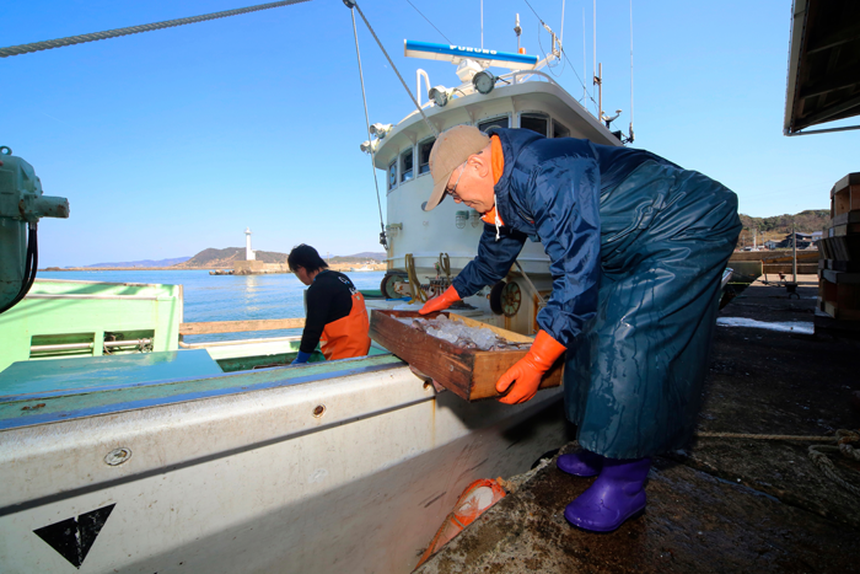Overview
Fisheries are composed of one or more parts, each of which is entitled to receive an MSC certificate. These parts or “units” are defined by their target stock(s), fishing gear type(s) and if relevant vessel type(s), and the fishing fleets or groups of vessels.
When the term “Unit of Certification” is used for fishing units that are in assessment, it refers to the “Unit of Assessment” or “Unit of potential certification”. Expand a status below to view the parts that form this fishery. To check the detailed scope, download the latest certificate or open the Assessments page to get the latest report. Find out more by visiting our page on Fisheries
Catch by Species
| Species | Reported Catch Year | Metric Tonnes |
|---|---|---|
| Flathead flounder (Hippoglossoides dubius) | 2016 | 77 |
Information is provided by an independent Conformity Assessment Body as live weight (the weight of species at the time of catch, before processing) and where a fishing season covers multiple years, the end year is given as the reported catch year. Additional information is available in the latest report, see the assessments page.
About this Fishery
In 2008, the Kyoto Danish Seine Fishery Federation (KDSFF)'s flounder fleet became the first fishery in Japan to be MSC certified.
Flathead flounder inhabit the Japan Sea and Northern part of the Pacific around Japan. KDSFF targets the subpopulation of the Japan Sea. The spawning season for this population is February-April and the spawning ground is 180-200 metres depth.
Seine fishing in Kyoto dates back to the 1340s when fishers started catching coastal flatfish using seine nets. All of the members of KDSFF use Danish seine nets which target only one species at a time. The size varies depending on which species they are targeting.
The vessels return to Kyoto each morning in time for the Maizuru area auction. Freshness is the most important factor for the fish and it is vital that fish reach the auction on the same day they are caught.
In the past the stock levels in the fishery have been depleted, but a recovery plan implemented in 2003 has led to huge improvements. In 2011, the fishery was awarded The 20th Global Environmental Award by Japanese news company, Sankei Group, in collaboration with WWF.
"KDSFF fishermen have been taking measures including setting of prohibited fishing areas and seasonal closures to pass on the bountiful sea to our descendants. With our effort, the fish stocks are recovering." Tetsuya Kawaguchi, KDSFF Chairman
Market Information
All product is sold domestically.

